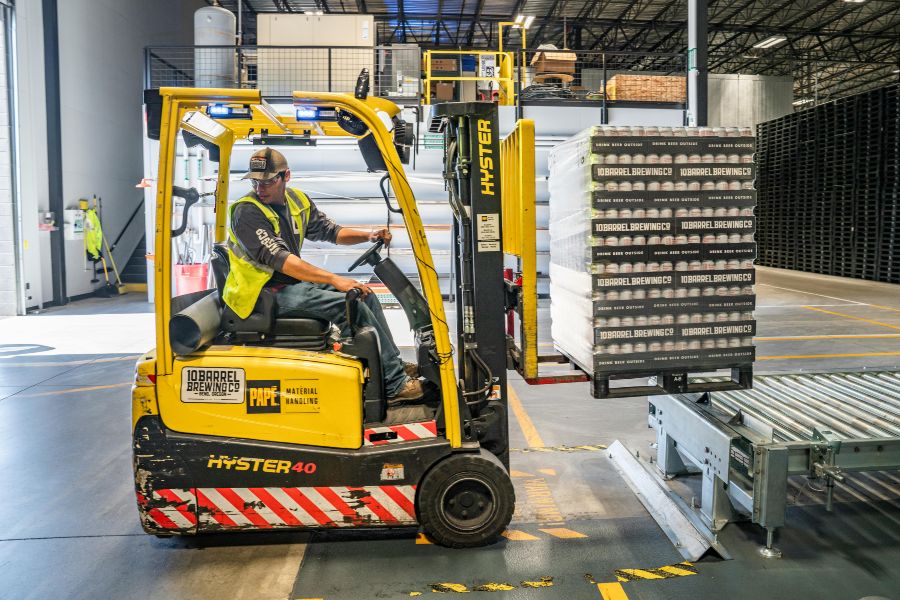What is the Kingman Formula?
The Kingman Formula (or Kingman Law) is a mathematical relationship from queueing theory, applicable to systems with capacity and demand. It shows us the relationship between queue time (wait time) and capacity utilisation.
Want to learn more about Operations Management?
Access the FREE mini training course:
THE FORGOTTEN FUNDAMENTALS OF OPERATIONS MANAGEMENT
The impact of capacity utilisation on queue time
Higher capacity utilisation in a system causes higher average queue times. But it is not proportional!
When we have low levels of capacity utilisation, the queue time or wait time is very low. As capacity utilisation increases, the queue time increases exponentially. Every extra percentage point of capacity utilisation increases the queue time by more than the last. As capacity utilisation climbs past 80%, extra capacity utilisation starts to cause a dramatic increase in the queue time.
This is true for all systems with variation – variation of capacity and demand – and that is essentially “all” systems!
Why is a long queue time bad?
A long queue time means corresponding increases in work-in-progress (WIP) inventory, working capital and customer wait times. If a new, urgent task arrives, it must either wait at the back of a massive queue or be expedited forward causing further disruption, extra task changing, changeovers and loss of overall output.
It’s a vicious downward cycle, often only reaching a new equilibrium balance as the demand disappears due to customers shopping elsewhere. Ultimately, the business could fail financially because of high working capital and cash flow problems.
Capacity management: How to choose your capacity utilisation level?
Businesses are often tempted to take on more work or trim back on capacity to try to get closer towards 100% capacity utilisation. However, trying to squeeze even a small amount more out of a system can suddenly have major bad consequences.
As a rough rule of thumb – going beyond 80% capacity utilisation should only be done with caution and expect to see sudden increases in queue times and WIP inventory with the corresponding costs and problems.
Reducing Variation for Operational Improvement
The position of the line on the Kingman Formula graph is not the same for every operation. The line moves down, keeping its shape, if a business reduces variation. This means that the business with lower levels of variation can achieve a higher capacity utilisation for the same queue time, which is a good thing.
Hence, reducing variation of capacity and demand both help fundamentally improve your operational performance.
Rowtons Training provides businesses and individuals with operations management training courses, alongside our free resources.
Want to learn more about demand and capacity management in operations and supply chain? Check out my course on Operations Management A-Z.



